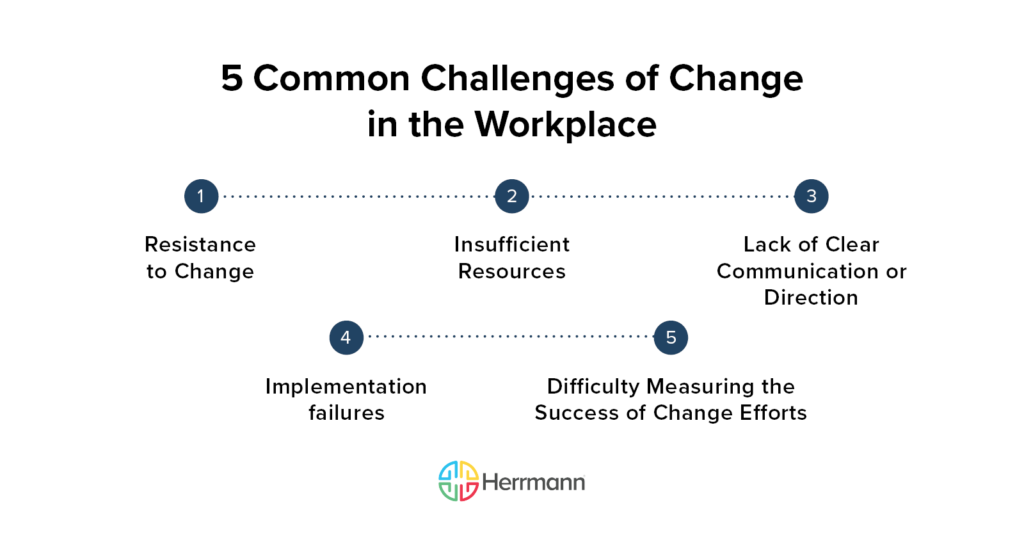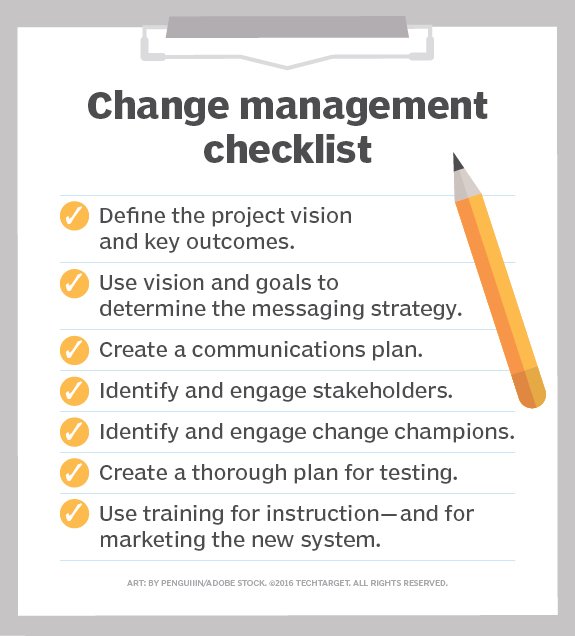As your company grows, changes in processes, technologies, structures, or missions may emerge as challenges. While change fuels progress and sparks metamorphosis, it can also stir up anxiety among your team members. Therefore, effective change management is crucial in helping employees adapt and thrive during transition periods. Here, we delve deeper into some strategic tips that leaders can employ during transitional periods to maintain employee morale and successfully drive the change process.
Open and Consistent Communication is Fundamental
As organizational shifts loom, communication stands as the most effective tool at a manager’s disposal. Employees crave understanding. They yearn to know the why, how, when, and what’s next of the changes set to take place. In essence, they seek clear insights into the transformation process. Left in the dark, they are prone to create their own stories, leading to grapevine gossips.
Managers must adopt an open-door policy and communicate frequently when navigating change to quell rumors and foster understanding. Key communication strategies that could result in smoother workplace restructuring are:
- Early announcement of the impending change and its context, even without all the specific details in hand. No employee appreciates hearing about significant changes via office gossip.
- Clear explanation of how the change aligns with broader company goals and objectives. This ‘big picture’ perspective infuses the change with meaning and relevance.
- Transparent sharing of expectations, timelines, and available support resources. Ambiguity fuels anxiety, so offering clarity is paramount.
- Creation of an open feedback culture and two-way dialogue. Feedback should not just be given but also received and addressed promptly.
- Individual meetings with team members most impacted by the change. Valuing their unique perspectives can build trust.
- Frequent updates, even in the absence of substantial news. Silence can breed fear, while regular communication conveys inclusion, concern, and respect.

Fostering Empathy and Trust
Change can trigger a natural instinct in people to safeguard themselves against potential threats. Thus, empathetic managers – those who connect with employees at their emotional level – can mitigate fear and cultivate trust.
Here’s how to display empathy in conversations:
- Listen proactively and without judgment. Strive to understand before being understood.
- Acknowledge employees’ emotions. It’s normal to experience a spectrum of feelings during change, like uncertainty, anxiety, or frustration.
- Reflect on the emotions you hear. Phrases like “I understand that you’re quite concerned about this change…” go a long way in demonstrating care.
- Highlight the presence of support resources should employees find the transition challenging or overwhelming. This reassures them that they’re not alone during this process.
Empathy should also guide the creation of supportive policies and programs:
- Provide training or transitional support roles to help employees acquire new skills needed in their evolving roles.
- Organize team-building activities centered on adapting to change to foster camaraderie and mutual support.
- Reward creativity and innovation in navigating workplace changes.

Crafting an Inspirational Vision
Managing change effectively also calls for the ability to present an exciting vision of the future. Such a vision should be one in which employees can envisage themselves thriving and excelling.
When communicating about workplace evolution:
- Explain how the change empowers employees to provide more value and derive greater satisfaction from their roles.
- Paint a vivid picture of what awaits once the change is fully implemented. What challenges will be overcome? What opportunities for growth become possible?
- Draw connections between the change and the personal development goals of your employees. Strive to support both their personal and professional growth journeys.
- Embrace the perpetual nature of change in the workplace. Position this as an exhilarating opportunity, not a threat.
- Remind your team of past victories in overcoming change. This will bolster their confidence in facing the current transition.
By casting an inspiring vision, managers can stir their team members to not only survive but embrace change to shape the workplace of the future actively. Every disruption in the workplace holds a kernel of promise, ready to blossom under the nurturing hand of thoughtful leadership.
At Leadership Circle, we understand the complexities of change and offer a suite of services and products designed to support leaders and their teams through these challenging times. Our comprehensive leadership development programs, cutting-edge assessment tools, and personalized coaching services empower leaders to communicate effectively, foster empathy, and inspire their teams. By partnering with Leadership Circle, you can ensure that your organization not only adapts to change but thrives in it, paving the way for a future of sustained success and resilience. Let’s embrace change together and transform it into a catalyst for excellence.






I do not even know how I ended up here but I thought this post was great.